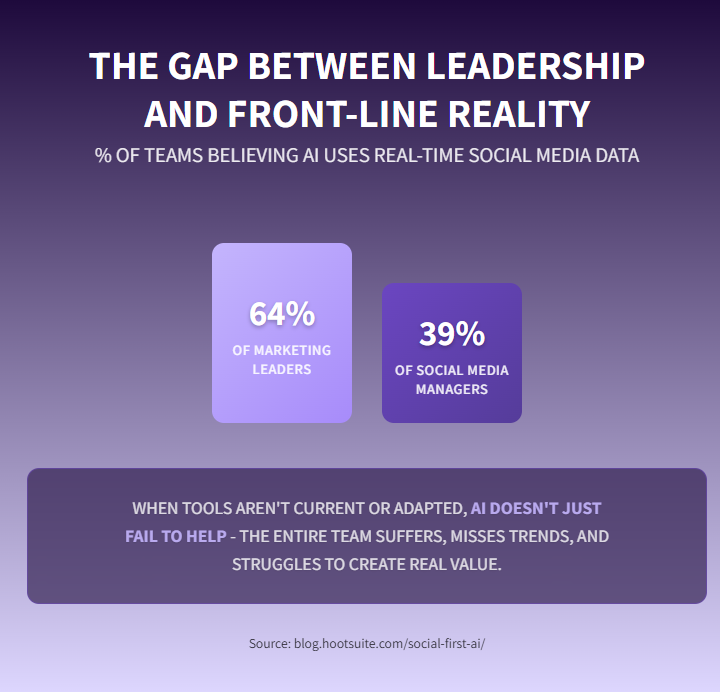AI-powered Marketing Influencer Persona and AI agents: Redefining External Marketing Assets
- infocytix
- Feb 17
- 2 min read
Updated: Feb 23
The evolution of digital marketing has brought unprecedented challenges. Companies must navigate a crowded marketplace where building trust and loyalty is more complex. Traditional strategies—focused on maintaining a robust set of internal assets like blogs, websites, and paid campaigns—are no longer sufficient.
Enter AI-powered marketing influencer persona and intelligent agents. These tools not only enhance external marketing efforts but also redefine the balance between internal and external assets, offering a cost-effective, scalable, and innovative way to achieve brand resonance.
External and Internal Assets in Marketing
Marketing has traditionally revolved around 2 pillars:
Internal assets: Websites, blogs, social media pages, and other controlled channels that act as the brand’s foundation. They require significant investments of time, money, and resources to remain competitive.
External assets: Brand mentions, partnerships, collaborations with influencers, and organic conversations within communities. They excel at building trust and authenticity but are often managed by influencers, affiliates, or community leaders; this reliance limits a company’s ability to influence the focus, tone, and frequency of external efforts, creating inefficiencies and missed opportunities.
The introduction of AI-driven strategies—particularly through virtual influencers operated directly by the company—bridges this gap and strengthens the internal assets and capabilities of businesses. By transforming external assets into internalized, company-controlled ones, businesses can ensure alignment with their strategic goals while enhancing the efficiency of their marketing efforts.
AI-powered marketing influencer persona and AI agents are redefining the game by providing a seamless way to amplify external marketing efforts without overextending internal operations through:
Direct Control Over External Efforts:
By deploying virtual influencers, companies take ownership of traditional external assets. to steer conversations, manage brand representation, and ensure consistency across all external engagements.
Organic Engagement at Scale:
AI agents can identify and join relevant conversations in real-time across platforms like Twitter, Reddit, and LinkedIn to foster authentic interactions that elevate brand presence without appearing intrusive.
Consistent and Tailored Messaging:
AI-powered marketing influencer persona can represent the brand in a human-like way, resonating with diverse audiences by adapting tone and content to fit specific contexts. Unlike traditional influencers, virtual counterparts never stray from the brand’s narrative.
Always-On Presence:
Unlike human influencers or campaign-based efforts, virtual marketing influencers and AI agents work tirelessly to ensure constant engagement and brand visibility.
In this new paradigm, internal assets are strengthened by AI-powered capabilities to achieve:
Cost-Efficiency:
Creating and maintaining internal content demands resources that can now be
redirected to higher- impact AI-driven strategies.
Strategic Alignment:
When companies manage virtual influencers and AI agents directly, they gain full control over their external campaigns.
Streamlined Operations:
With AI handling the execution of external strategies, marketing teams can operate more strategically, focusing on long-term goals rather than content production. With AI managing the details, brands can pivot from reactive tactics to proactive strategies. This shift allows companies to focus on innovation, leaving execution to intelligent systems that ensure consistency and authenticity. Redefining the Marketing Paradigm
AI-powered marketing influencer persona and AI agents are more than just tools— they are sources of empowerment as they represent a fundamental shift in how brands approach marketing. By internalizing the management of traditional external assets, businesses not only gain greater control and alignment but also unlock the potential for scalable, authentic engagement.






.png)
Comments